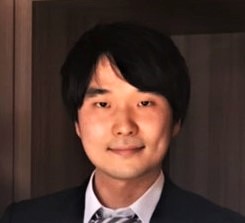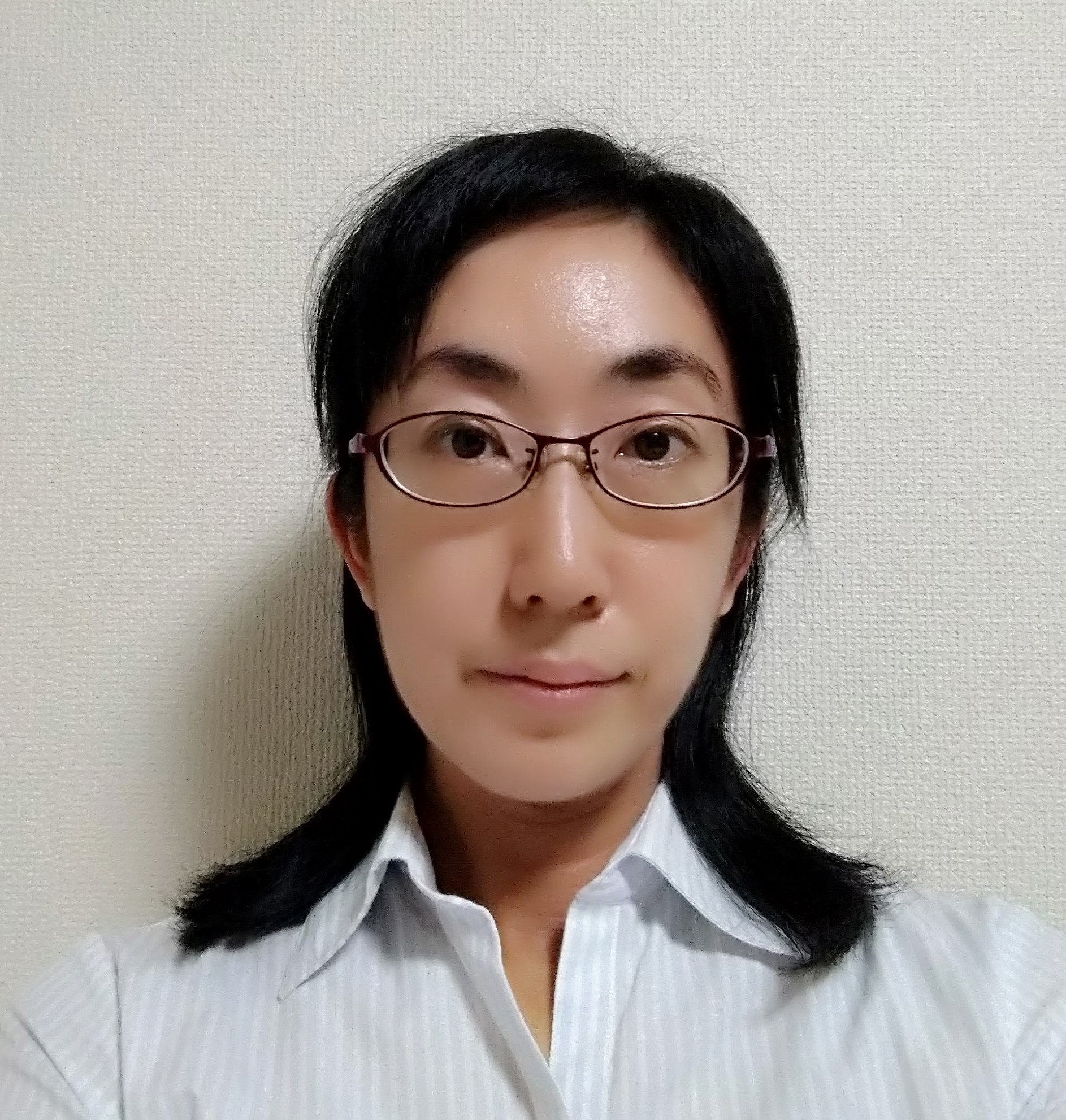“Exploratory healthcare researches by AIST”
Date:2021.10.14 Thu. 10:30~11:30 , ONLINE
| Summary | Social needs related to healthcare are increasingly diversifying. To help support the medical system and improve QoL,
AIST is developing new technologies that contribute to the diagnosis and treatment of diseases and the extension of healthy life expectancy on all scales from molecules to cells and to individuals.
In this online seminar, we will introduce highly original studies conducted by 6 young and up-and-coming researchers in the Department of Life Science and Biotechnology.
| |
| [1] | 10:30-10:40 Biomaterials for fabricating designered cells TERAMURA Yuji, Senior Researcher, Cellular and Molecular Biotechnology Reseach Institute, AIST |
|
| It is possible to modulate surface property of therapeutic cells using biomaterials with high biocompatibility. This technique makes it possible to protect cells or enhance cellular function or add new function into the cells. Polymer conjugates of amphiphilic polymers and functional molecules are appropriate for design of cellular surface since the polymers are incorporated into cellular membrane by hydrophobic interaction. In addition, this approach is available for not only cellular surface modulation, but also organ surface modulation. In this presentation, I will talk about our polymeric biomaterials which can modulate cellular surface property by taking several examples. | ||
| [2] | 10:40-10:50 Simultaneous analysis of glycan and RNA in single cells ※ODAKA Haruki, Researcher / TATENO Hiroaki, Group Leader Cellular and Molecular Biotechnology Reseach Institute, AIST |
 |
| Glycans are a compounds consisting of a large number of monosaccharides. Cell surface glycomic signature has been applied to drug discovery and stem cell quality control. However, in the past, only the glycan information of a cell population could be acquired, and it was not possible to acquire glycan information of a single cell. Using this technology, the glycan and RNA of a single cell can be measured simultaneously. Therefore, it is possible to elucidate the heterogeneity of cell populations and search for glycan markers for rare cells such as cancer stem cells, circulating tumor cells, and fetal nucleated red blood cells. In the future, it is expected to expand to the development of drugs and diagnostic technologies targeting rare cells. | ||
| [3] | 10:50-11:00 A simple technique to measure intracellular singlet oxygen | |
| Singlet oxygen is an important molecule as a target for functional ingredients in food and cosmetic materials because it is invelved in skin aging. However, it has not been possible to easily measure the amount of singlet oxygen in cells due to the short half-life of singlet oxygen. By combining a fluorescent probe Si-DMA with time-lapse fluorescence imaging, we have succeeded in quantitatively measuring the increase or decrease of singlet oxygen in cells. In fact, we found that astaxanthin, one of carotenoid, suppresses the generation of singlet oxygen in cells. This technology is expected to contribute to the identification of substances that suppress the generation of singlet oxygen in cells by improving throughput and devising analysis methods, and to the development of methods to prevent aging. | ||
| [4] | 11:00-11:10 Raman spectroscopy system for single cell analysis ※AKAGI Yuka, Researcher / KIDA Yasuyuki S., Group Leader Cellular and Molecular Biotechnology Reseach Institute, AIST | |
| We developed the label-free cell analyzing system for the identification of cell types. This technology provides for laser-scanning over the whole cell and obtains cell-derived Raman spectra in a few seconds. In addition, the obtained spectral information can be calculated by machine learning to profile the state of cell types or activities. This technology is expected to contribute to cell-based assays, such as drug screening or regenerative medicine, as well as to material produced in the biofuel development and smart cell industries. Currently, we are aiming to co-operation with companies or academies for demonstrating the usability of this system in the identification of functional cells and useful bacteria. | ||
| [5] | 11:10-11:20 Elucidation of bile salt resistance mechanism in a thermostable probiotic lactic acid bcterium | |
| Lactobacillus species have been thought as one of the most major targets of probiotic research. We herein discovered a human-derived Lactobacillus paragasseri exhibiting high bile salt resistance through bile salt hydrolase (BSH) activity. In addition, this isolate also showed the high thermotolerant ability. We further isolated the most thermostable BSH (LapBSH) with broad substrate specificity from the BSH-producing L. paragasseri. Since thermostable enzyme/bacterium offers industrial and biotechnological advantages in terms of its productivity and stability improvements, both thermostable LapBSH and thermotolerant L. paragasseri could be promising candidates for future probiotic research. | ||
| [6] | 11:20-11:30 Development of Preventiion Methods for Alzheimer's Disease | |
|
The rapid increase in the number of Alzheimer's disease patients has become a social problem, but the development of effective therapeutic drugs has been slow.
One of the reasons for this is that it takes more than 20 years from the onset of neurodegeneration in the brain to the onset of dementia, making it difficult to obtain sufficient therapeutic effect after the onset of dementia.
Since preventive measures are considered important for Alzheimer's disease, we examined the preventive effect of conjugated fatty acids, which are also found in foods, on Alzheimer's disease and found that a type of conjugated linoleic acid has such an effect.
We believe that this research is an achievement that will lead to the development of preventive methods based on scientific evidence. |


